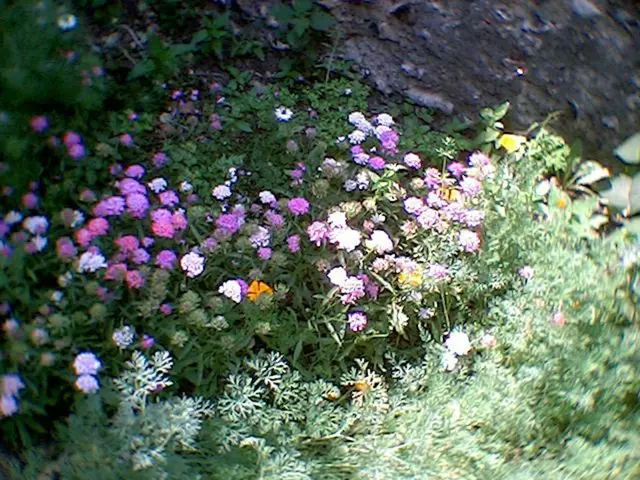Fungal infection impacting gooseberry crops, causing potential yield loss
Gooseberry Mildew: An Unwelcome Garden Guest
We're about to dive into the thick of it - that unsightly greyish-white fungal growth that can ruin your gooseberry or blackcurrant crop. Known as the American gooseberry mildew (Sphaerotheca mors-uvae), this pesky problem shows up on new shoots, distorting them and causing them to die off. As it progresses, it affects the upper leaf surfaces and stems, and ultimately the fruits themselves, turning them from a white mould to a light brown. The good news? Those affected fruits can still be eaten after a quick scrub, although they'll brown when cooked.
Identifying the Enemy
Once you spot this powdery growth on your prized gooseberry plants, it's crucial to take action quickly. It typically spreads across the upper leaf surfaces and stems, eventually causing dieback of new growth.
** beating it back**
Don't despair just yet. Both organic and chemical methods can help you gain the upper hand against gooseberry mildew. Here are some tips:
- Create some breathing room: Thin out your gooseberry plants and prune them to promote better air circulation. Chop off infected branches as soon as you spot them.
- Promote a friendly environment: Attract helpful insects like ladybugs and lacewings to your garden. They munch on unwanted pests that can contribute to mildew.
- Choose resilient varieties: Opt for gooseberry and blackcurrant varieties that are resistant to mildew, like 'Invicta' or 'Greenfinch'.
- Watch what you feed them: Steer clear of high-nitrogen feeds. These can encourage the growth of vulnerable, new shoots that are prime targets for mildew. Instead, go for a general feed.
Chemical Solutions
If organic methods aren't enough, consider turning to chemical control methods like Luna Sensation, a broad-spectrum fungicide that can tackle a variety of diseases. Keep in mind that some fungicides may not be specifically labeled for gooseberry and blackcurrant mildew, so always check local regulations and follow label instructions.
Systemic fungicides like Cabrio, while primarily used for other crops, might be considered for gooseberry mildew if used carefully as part of a resistance management strategy.
Best Practices
- Rotate your fungicides: By alternating between fungicides with different modes of action, you can help prevent the development of resistance.
- Protect yourself: Wear long-sleeved shirts, pants, waterproof gloves, and shoes when applying chemical fungicides.
Always consult your local agricultural experts and adhere to all regulations and safety guidelines when using chemical fungicides. Happy gardening!
Source: Adapted from BBC Gardeners' World guides and University of Arkansas Extension resources combined with additional insights from the Cornell University Cooperative Extension and Ontario Ministry of Agriculture, Food, and Rural Affairs.
- To maintain a healthy and thriving garden, consider implementing a lifestyle of regular exercise and proper nutrition, by incorporating fitness-and-exercise routines like gardening itself, and ensuring a balanced diet for your plants through thoughtful nutrition choices.
- In the realm of health-and-wellness, cultivating a garden that's free of diseases like gooseberry mildew not only boosts the quality of your produce but also fosters a serene, stress-free environment at home-and-garden.
- Adopting a mindful approach to lifestyle, nutrition, and home-and-garden care can lead to a wider appreciation for the science behind the growth and health of plants, spanning from gardening techniques to understanding how various environmental factors impact the development of diseases like gooseberry mildew.








